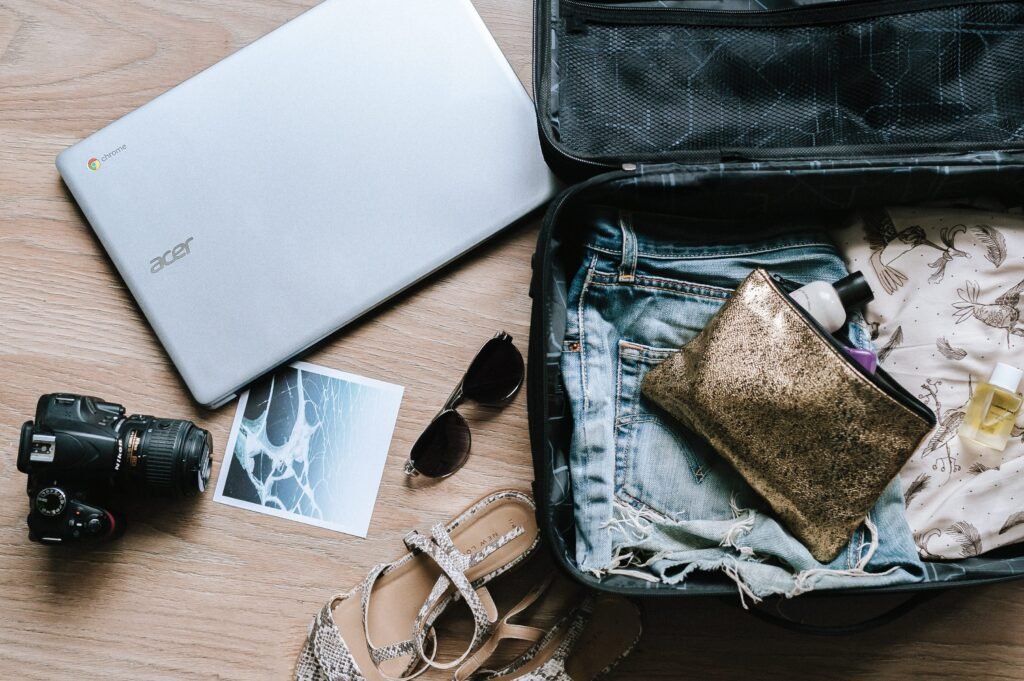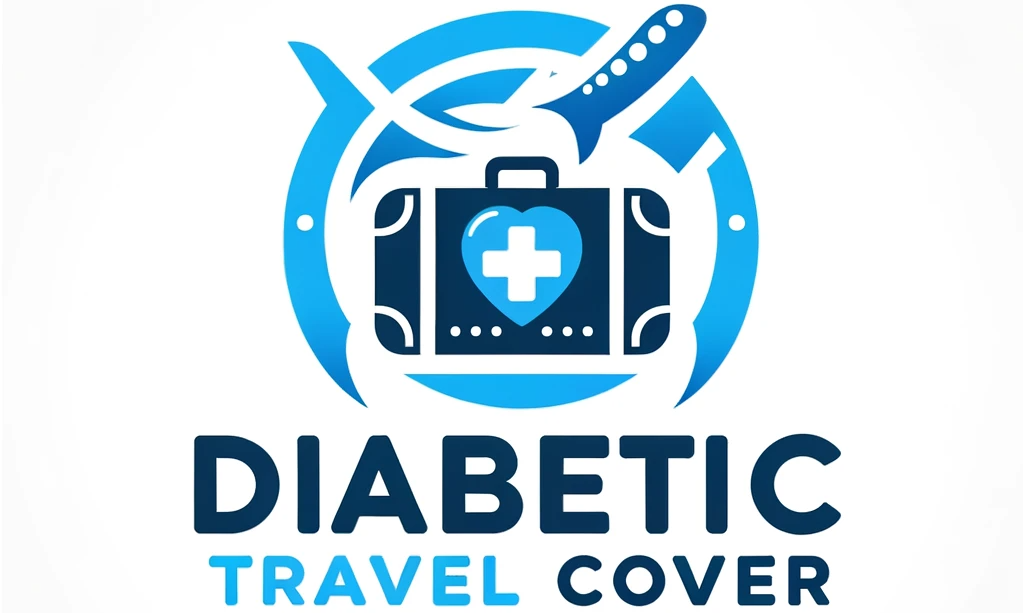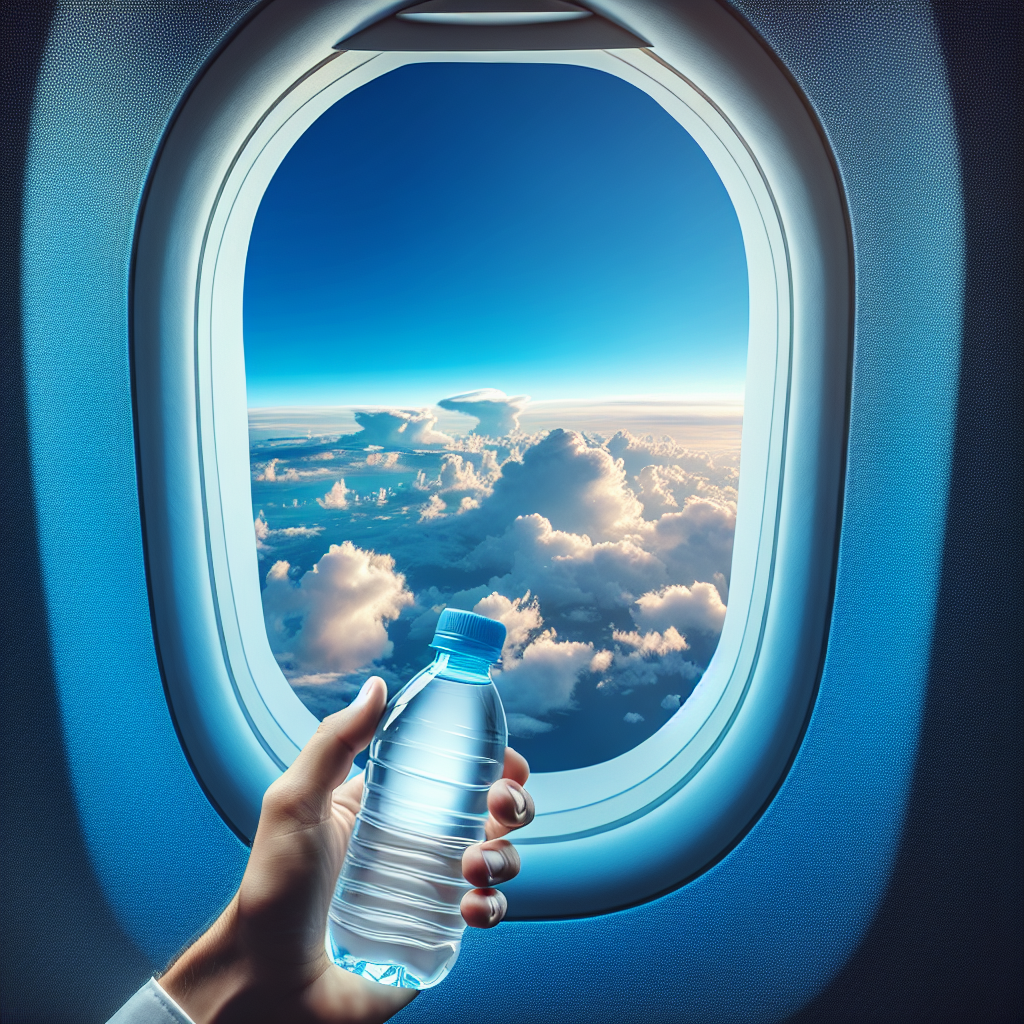Are you a diabetic and wondering if you can bring water on a plane? The answer is yes! As a diabetic, it is important to stay hydrated, especially during flights. In this article, we will explore the regulations and guidelines for bringing water on a plane as a diabetic, ensuring that you are well-prepared for your journey. So, grab a cup of water and let’s dive into this topic together!

Overview
Why is water important for diabetics?
Water is crucial for everyone’s overall health, but it holds particular importance for individuals with diabetes. As a diabetic, it is essential to stay hydrated to maintain optimal blood sugar levels and help regulate glucose metabolism. Water helps kidneys flush out excess glucose through urine, preventing it from accumulating in the blood and causing high blood sugar levels. Adequate hydration also supports the body’s ability to transport nutrients and maintain its overall functioning. Therefore, ensuring sufficient water intake is essential for diabetics to manage their condition effectively.
What are the regulations for bringing liquids on a plane?
When it comes to air travel, there are specific regulations regarding the transportation of liquids in carry-on luggage. The Transportation Security Administration (TSA) has implemented restrictions on the amount of liquid passengers can bring on board to ensure aviation security.
Medical Considerations
Why diabetics need to stay hydrated
Diabetics need to stay hydrated to help regulate blood sugar levels effectively. Dehydration significantly impacts blood glucose control as it can lead to higher concentrations of glucose in the blood. By staying hydrated, you can help prevent fluctuations in blood sugar levels, reducing the risk of hyperglycemia or hypoglycemia episodes. Additionally, dehydration can negatively impact overall health and wellbeing, potentially leading to complications such as kidney stones, urinary tract infections, and impaired cognitive function. Therefore, maintaining proper hydration is crucial for diabetics to manage their condition and overall health.
Effects of dehydration on blood sugar levels
Dehydration can have adverse effects on blood sugar levels for individuals with diabetes. When dehydrated, the blood becomes more concentrated, leading to higher glucose concentrations. This can result in increased insulin resistance, making it more challenging for the body to utilize insulin effectively. Higher blood sugar levels can also lead to increased thirst, creating a vicious cycle of dehydration and elevated glucose levels. Moreover, dehydration can trigger symptoms similar to hypoglycemia, such as fatigue, dizziness, and confusion, which may lead to potential mismanagement of diabetes. Therefore, maintaining proper hydration is vital to prevent these complications.
Transporting Water on a Plane
Liquid restrictions on flights
Airport security measures restrict the amount of liquid passengers can bring on an airplane. Generally, liquids are limited to containers of 3.4 ounces (100 milliliters) or less, and all containers must fit into a single, clear, quart-sized bag. This restriction includes water and other beverages, among other liquids. These measures are in place to ensure aviation security and prevent potential threats relating to smuggling hazardous substances.
Exceptions for medical needs
While there are restrictions on carrying liquids, including water, onboard a plane, exceptions are made for medically necessary items. Diabetic travelers are allowed to bring larger quantities of liquids, including water, to meet their medical needs. It is crucial, though, to inform the security personnel beforehand and provide proper documentation to avoid any inconvenience or complications during the security screening process. These exceptions aim to accommodate individuals with medical conditions, ensuring they can manage their health effectively during flights.
Carrying Water
Approved containers for liquids on a plane
To comply with the liquid restrictions on flights, it is important to carry water in approved containers. These containers should have a capacity of 3.4 ounces (100 milliliters) or less and fit into a single, clear, quart-sized bag. It is advisable to use sealable plastic bags available at most airport terminals to meet these requirements. Additionally, ensuring that the containers are secure and leak-proof is essential to both comply with regulations and avoid any inconvenience or damage to other belongings.
Tips for carrying water while traveling
When traveling, it is beneficial to plan ahead to ensure you have access to water throughout your journey. Here are a few tips to help you carry water effectively:
-
Carry an empty refillable bottle: Instead of solely relying on purchased beverages, bring an empty refillable bottle. Once you pass through airport security, you can fill it up at water fountains or purchase water from airport vendors. This way, you’ll have a convenient and sustainable source of hydration.
-
Research airlines’ policies: Different airlines may have specific policies and considerations regarding the transportation of liquids, including water. It is advisable to research and familiarize yourself with any airline-specific regulations or guidelines, ensuring that you can adequately prepare and comply with their requirements.
-
Pack electrolyte-enhanced water: Electrolyte-enhanced water can be especially beneficial for diabetics when traveling. Electrolytes help maintain proper hydration and can assist in replenishing essential minerals lost through sweat or diuretic effects of some diabetic medications. Be sure to check the label and choose low or no-sugar options to avoid unnecessary spikes in blood sugar levels.

Preparing for Security Checkpoints
Notifying the airline about medical conditions
To ensure a smooth and hassle-free travel experience, it is advisable for diabetic travelers to notify the airline about their medical condition. Many airlines provide assistance and necessary accommodations for individuals with medical needs, including diabetes. Informing the airline in advance allows them to offer appropriate guidance and support throughout the journey, including any necessary medical clearances or exemptions from specific regulations.
Documentation to carry while traveling
When traveling as a diabetic, it is essential to carry appropriate documentation to validate your medical condition and the need for carrying supplies like medications and liquids. Some documentation that may be helpful includes:
-
A letter from your healthcare provider: Request a letter from your healthcare provider that outlines your diabetes diagnosis, specific medical needs, and the necessity of carrying medication and liquids.
-
Prescription labels: Ensure that all medication labels match your identification information, especially for insulin vials or pens. This helps confirm that the medication is prescribed to you and intended for personal use.
-
Medical ID or alert card: Carrying a medical ID or alert card is valuable in case of any emergencies. These cards typically include your name, medical condition, emergency contact information, and any specific instructions for medical personnel.
In-Flight Hydration
Drinking fluids during the flight
It is important to continue drinking fluids during the flight to stay adequately hydrated. While air travel may cause dehydration due to the dry cabin air, being mindful of your fluid intake can help mitigate this. The available fluids provided by the airline may not always be ideal, so it is crucial to have your own water or approved beverages readily accessible.
Tips for staying hydrated on a plane
To stay hydrated during the flight, consider the following tips:
-
Drink water regularly: Sip on water throughout the journey, ensuring you have an adequate supply to keep hydrated. Avoid sugary beverages as they can lead to unexpected spikes in blood sugar levels.
-
Avoid excessive caffeine and alcohol: Both caffeine and alcohol can exacerbate dehydration. Limit or avoid these beverages during the flight to maintain optimal hydration levels.
-
Use moisturizer and eye drops: The dry cabin air can also impact your skin and eyes. Applying moisturizer and using eye drops can help combat dryness and discomfort, ensuring your overall comfort during the flight.

Alternatives to Water on a Plane
Options for diabetic-friendly beverages while flying
While water is the optimal choice for staying hydrated, there are other diabetic-friendly beverage options available when flying. Consider the following alternatives:
-
Unsweetened herbal tea: Herbal teas, such as chamomile or green tea, can be a refreshing and hydrating option. Be sure to choose unsweetened varieties to avoid unnecessary sugar intake.
-
Sugar-free electrolyte drinks: Electrolyte drinks without added sugars can help replenish essential minerals and support hydration. Look for options labeled “sugar-free” or “diabetic-friendly.”
-
Infused water: If you prefer some flavor in your water, prepare infused water before your flight by adding slices of fruits like lemon, lime, or cucumber. This can enhance the taste without adding significant calories or sugar.
Preventing sugar spikes
When selecting alternative beverages, it is crucial to avoid options that may cause unexpected spikes in blood sugar levels. Avoid sugary sodas, fruit juices, or energy drinks, as they can lead to rapid increases in blood glucose. Opting for unsweetened or sugar-free beverages is generally the best choice to maintain stable blood sugar levels while staying hydrated during the flight.
Managing Medication
Carrying insulin and other diabetic medication on a plane
Carrying medication, including insulin, while traveling is vital for diabetic individuals. To ensure you have a smooth journey, consider the following guidelines:
-
Keep medications in your carry-on bag: Packing your medication in your carry-on bag ensures accessibility and prevents any potential issues that may arise from luggage delays or mishandling.
-
Use a cool pack or insulated bag: To maintain the proper storage temperature for insulin, use a cool pack or an insulated bag. These help regulate the temperature, preventing insulin from getting too hot or too cold during the flight.
-
Carry extra supplies: It is advisable to carry extra medication and supplies in case of delays or unexpected situations. This provides a safety net and ensures you have an adequate amount of medication throughout the trip.
Storage and handling of medications during the flight
During the flight, it is crucial to appropriately store and handle medications, particularly insulin. Consider the following:
-
Keep medications in their original packaging: Having medications in their original packaging with prescription labels ensures proper identification and confirms that they are not illicit substances.
-
Protect medications from extreme temperatures: Avoid exposing medications to extreme temperatures during the flight. Direct sunlight or extreme cold can affect the potency and efficacy of medications, including insulin. Utilize the cool pack or insulated bag to maintain the appropriate temperature.
-
Notify flight attendants, if necessary: If you require assistance or accommodations regarding medication storage, discreetly inform the flight attendants. They may be able to provide additional guidance or support to ensure the proper handling of your medication.

Dealing with Emergencies
What to do in case of a diabetic emergency on a plane
While the likelihood of experiencing a diabetic emergency during a flight is low, it is essential to be prepared for such situations. If you or someone experiencing a diabetic emergency onboard, follow these steps:
-
Stay calm and assess the situation: Keep calm and check for any signs or symptoms of a diabetic emergency, such as extreme confusion, unconsciousness, or seizures.
-
Notify the flight crew: Immediately inform the flight attendants about the situation. They will be trained in basic first aid and can assist in getting the appropriate help.
-
Follow medical protocols: If you are knowledgeable about managing diabetic emergencies, follow the necessary protocols. Administer glucose or provide assistance as needed, ensuring the individual’s safety and well-being.
Notifying the flight crew about your condition
To ensure your safety and well-being during the flight, it is crucial to notify the flight crew about your medical condition. While it is not mandatory to disclose personal health information, informing the flight attendants discreetly about your diabetes allows them to provide appropriate assistance or accommodations during the journey. The crew can also offer guidance on the availability of additional snacks or in-flight meals to help manage blood sugar levels effectively.
Conclusion
Taking necessary precautions is essential for diabetic individuals when traveling, particularly in terms of hydration and medication management. Staying hydrated is crucial to regulate blood sugar levels and overall health during the journey. Understanding the regulations for bringing liquids on a plane and being aware of exceptions for medical needs allows diabetic travelers to comply with security measures effectively. Carrying water in approved containers and following specific guidelines for managing diabetic-friendly beverages ensures a smooth travel experience. Informing the airline about your medical condition, carrying the necessary documentation, and being proactive in managing in-flight hydration and medication are vital steps to prioritize your well-being as a diabetic traveler. By taking these necessary precautions, you can enjoy your journey while effectively managing your condition.


